|
Let me tell you a story which, like all good stories, has something that you can learn from.
In November 2019 early snow covered the tops of the mountains. It had been cold and windy for a while so rime was building on the highest crags, delicate feathers of ice like white ferns growing straight out of the rock. Everything above halfway on Ben Nevis was looking white and wintry, and a rare calm, dry and cold day was forecast. But, typically, I had not been sufficiently organised to find a partner to go climbing with. Instead, I grabbed some gear in a rush feeling the usual desperate urge to make the most of a good day. I wasn't at all ready for winter, my crampons and ice axes were still in the box where they had been dropped at the end of the previous season. So, I thought I would do something very familiar, a route that I know well and that is always a wonderful climb, Tower Ridge. I have been up and down Tower Ridge many times in summer and winter, but I had never climbed it by myself in winter. The climbing is well within my grade, but the early season conditions did cause me to pause for a moment to consider what it would be like. A thin cover of unconsolidated snow would be of no use at all for the climbing, unlike the solid snow-ice that would be in place for much of the winter and well into the spring. Crampons feel wobbly and insecure when it is like this because crampon points push through to stand directly on the rock, the form of which is hidden from sight under the snow. So, I was determined to climb carefully and slowly. This would not be an attempt on any kind of speed record and to make sure I went slowly I took my drone to record some of the outstanding situations. This, of course, was quite a distraction at times so I ended up only filming easy bits of the climb! Strapping on my crampons for the first time that winter was a great feeling, but it also brought a vague memory that I couldn't quite place. Stepping onto the summit was as wonderful as it ever is. The weak winter sun only just shone through the thin veil of clouds and didn't even have the warmth to melt the delicate rime ice from the rocks. It was a perfect day for hard mixed climbing but I had the whole of the North face to myself, so it seemed. As I unstrapped my crampons the fleeting memory came back to me. Right at the end of the previous winter I found that I had broken one of the crampons through the main body of the front section. This doesn't happen often and is not something that you can repair. Despite this, I just put my crampons back in the box and forgot about it. Not wanting to take my sharp new crampons out on an early season mixed climb I reached for an old set, forgetting that they were broken. Thankfully they stayed on my boots for the whole climb (which is more than I can say for a couple of pairs of not-broken crampons I have used!). So, the something to learn is of course that now is the time to get out all your winter gear and check it before you are in a rush to get out and use it. There is snow forecast for Friday and Saturday morning, the first few winter climbs have been bagged already in the Cairngorms, and a few people have already been caught out without winter gear. It's time to #ThinkWinter!
1 Comment
October is Mountain Leader month for us at Abacus Mountain Guides. We have been training and assessing Mountain Leaders for very many years and it's a real treat to be able to work on these courses. Helping new leaders through their qualifications and setting them off on the right path (please excuse the pun!) is so rewarding for us. Our courses have developed over the years as well, with the new leadership model from Mountain Training adding great depth and structure to this aspect of the course, and many things that we have found work well for people in the delivery and content of the courses. The Mountain Leader syllabus includes leadership and decision making, route planning, navigation, meteorology, group management and security on steep ground, emergency rope work, stream crossings, hazards such as rockfall, flash floods and lightning, dealing with incidents and emergencies and improvised self-rescue. There's also expedition skills including camping, cooking and everything to do with looking after people at a remote wild camp. We often do some night navigation but that's just to do some poor visibility navigation. On assessment, if it is misty all day we don't need to do any night navigation! There's a strong input on environmental knowledge on our courses, everything from geology and geomorphology, to botany, land management, history, Gaelic in the landscape and the physical, mental and spiritual benefits of walking in mountains for us all.
To help people prepare for their assessment we have put together a range of resources for candidates to utilise. These are available for everyone and there are resources on navigation, the weather and route planning, as well as blogs that we have written on all sorts of environmental topics and a short video about the rope work. It's all here - https://www.abacusmountainguides.com/smlresources.html |
AuthorMike Pescod Self reliance is a fundamental principle of mountaineering. By participating we accept this and take responsibility for the decisions we make. These blog posts and conditions reports are intended to help you make good decisions. They do not remove the need for you to make your own judgements when out in the hills.
Archives
March 2024
|
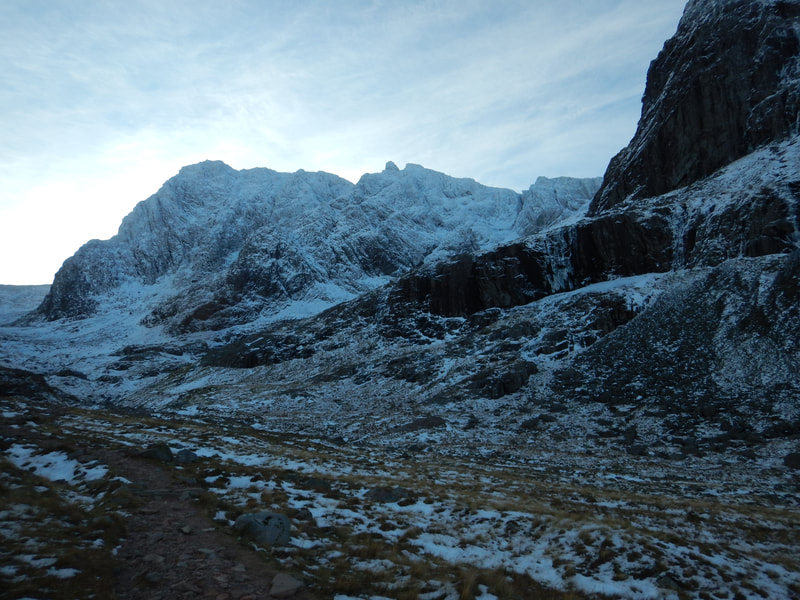
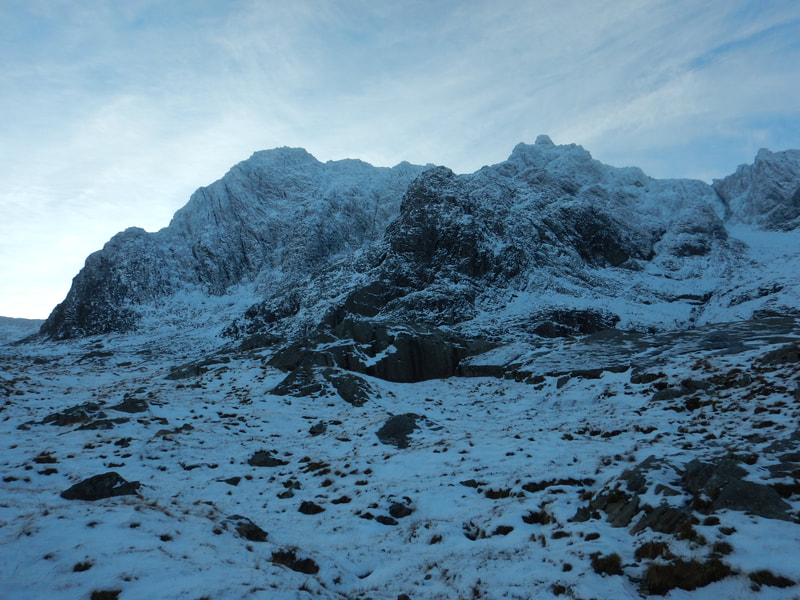
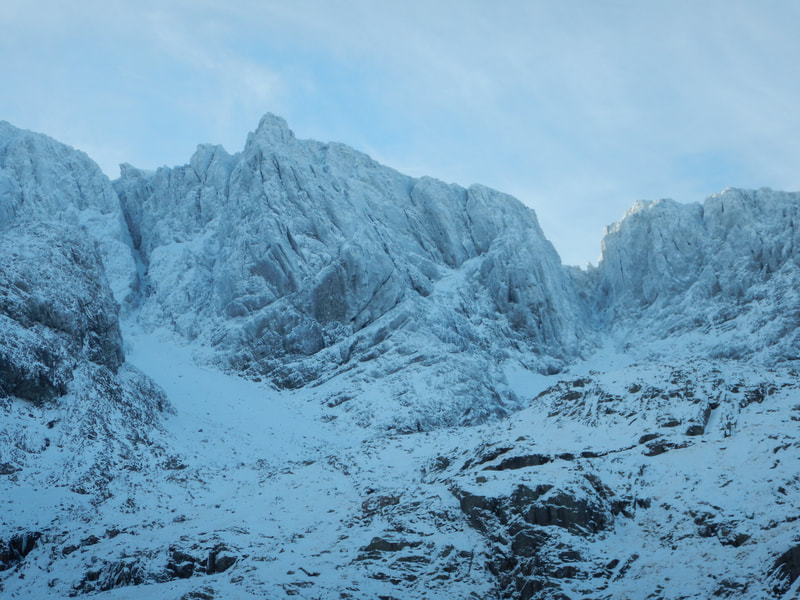
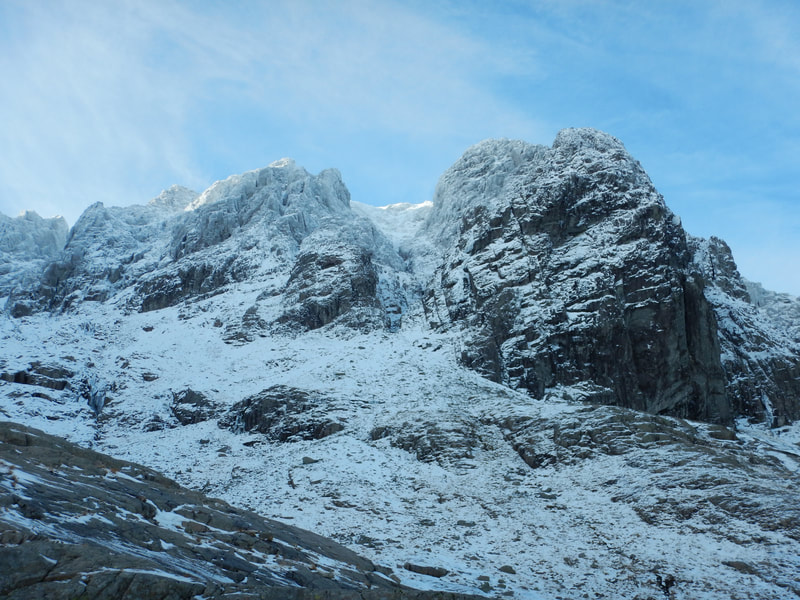
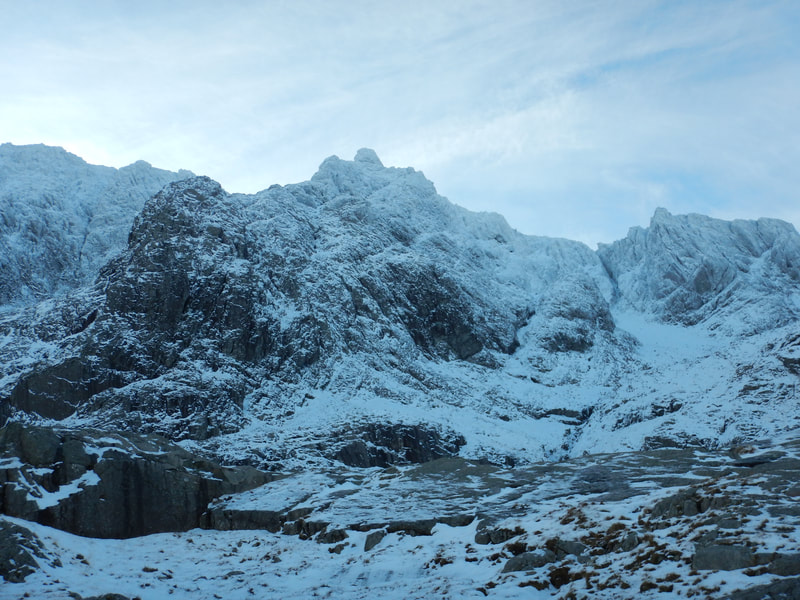
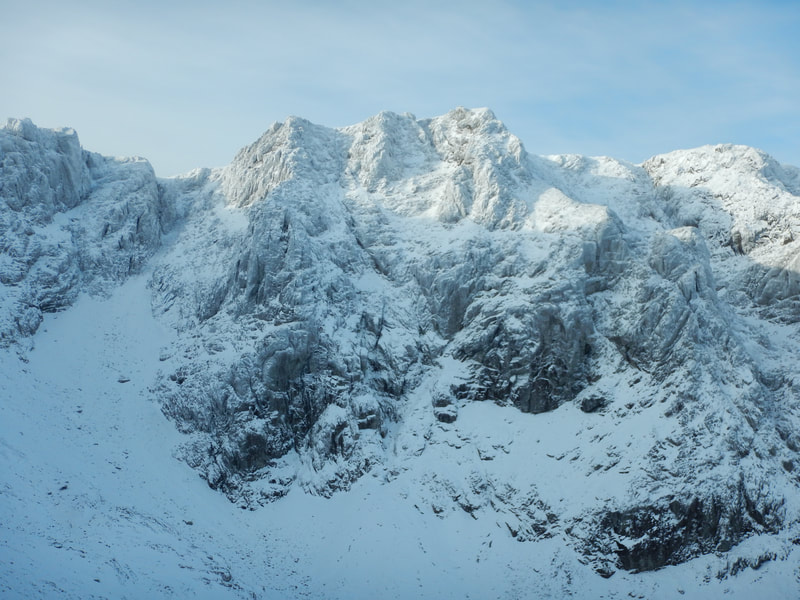
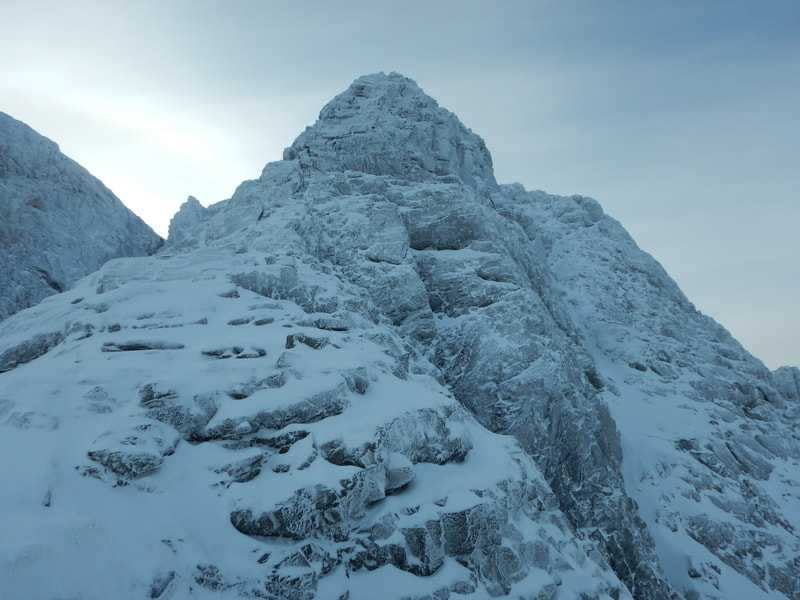
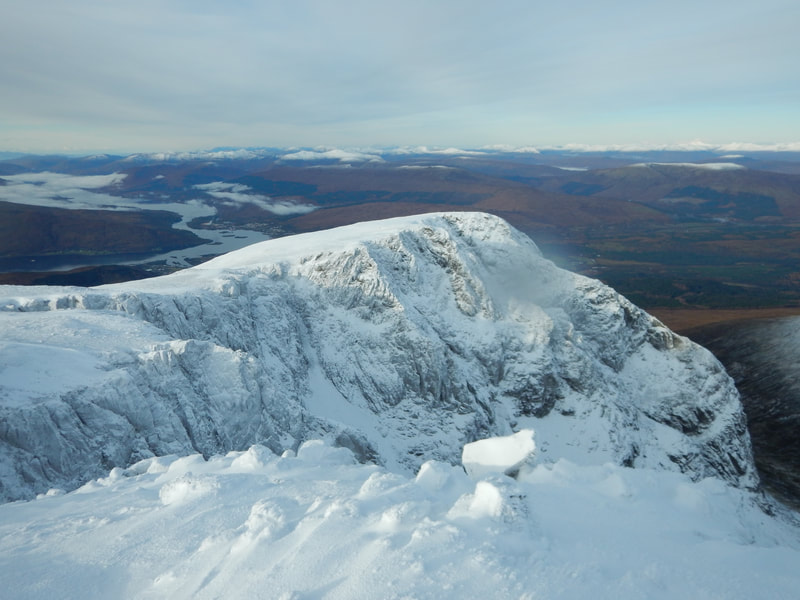
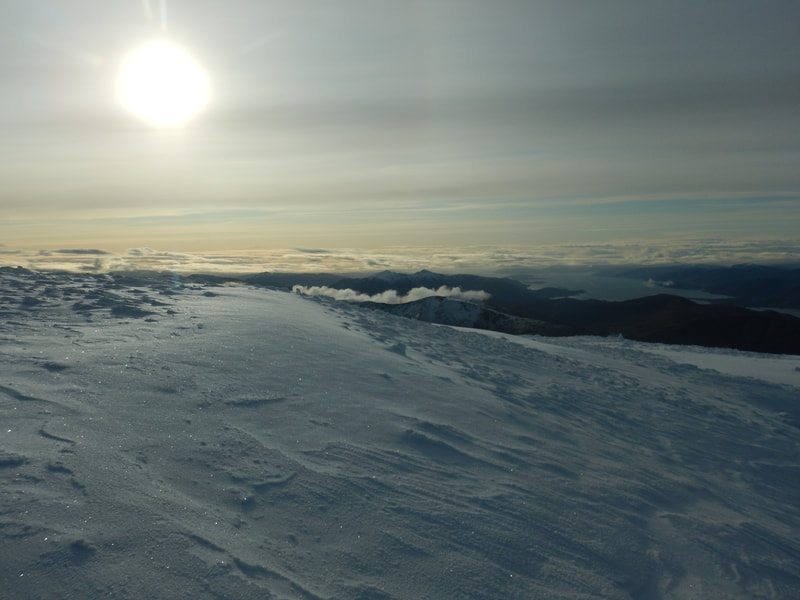
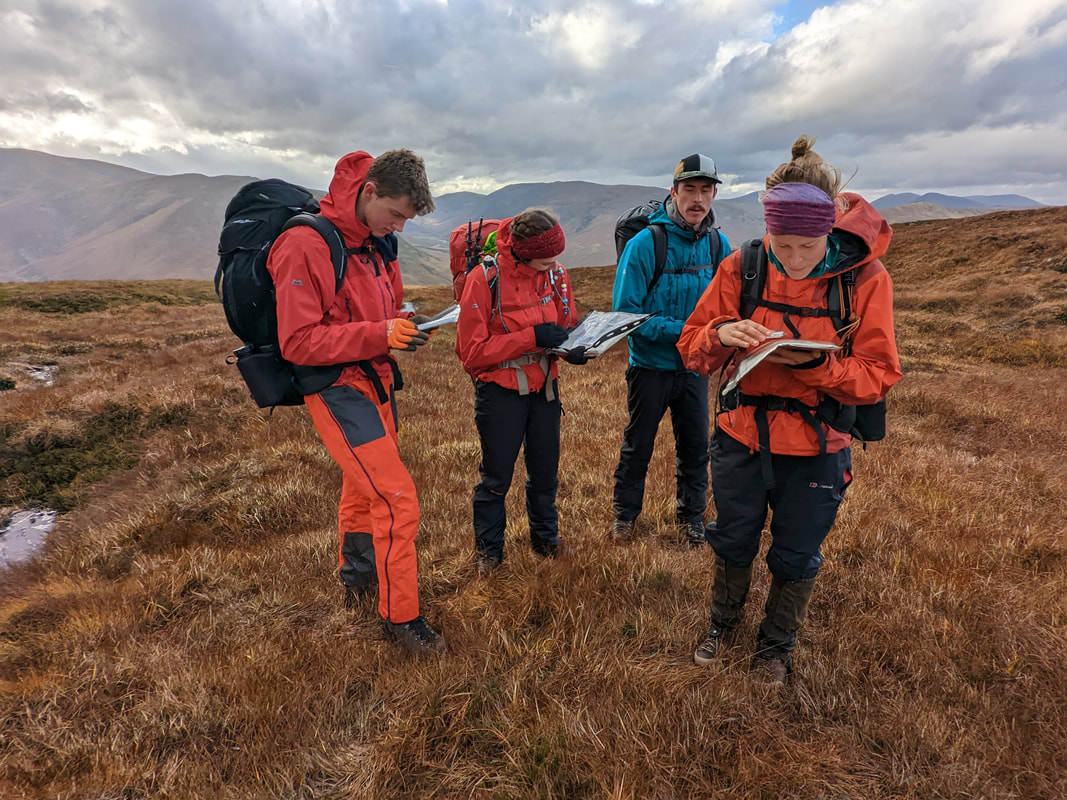
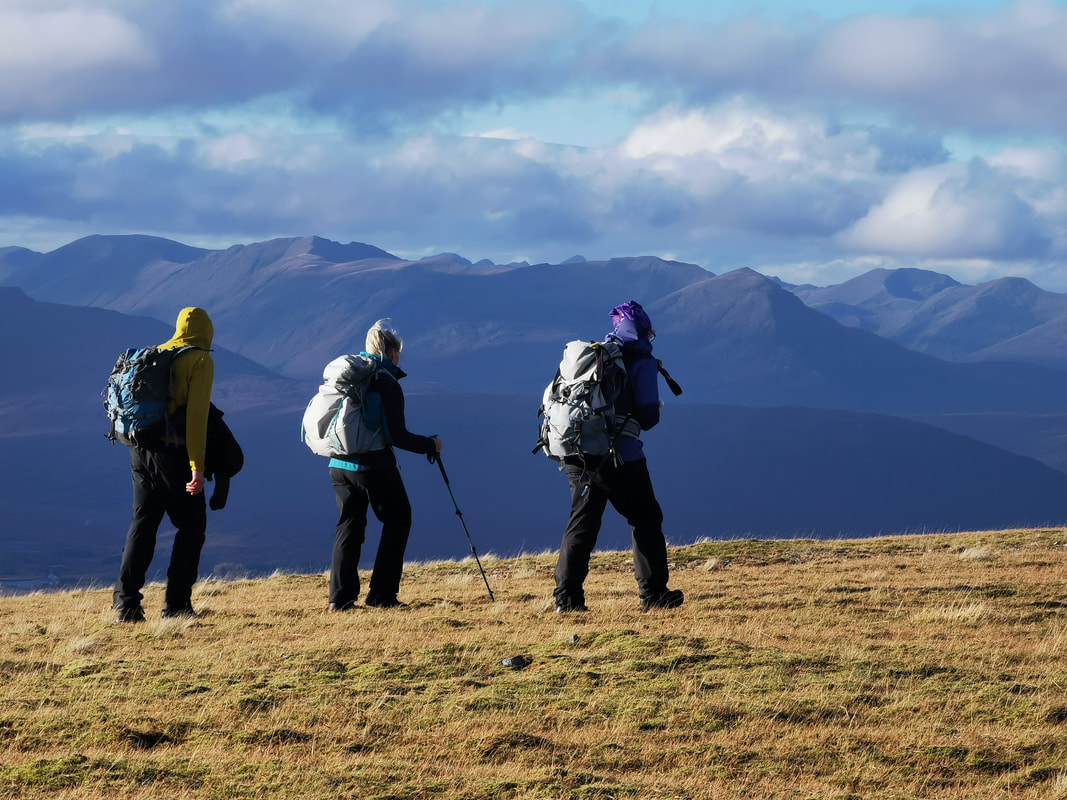
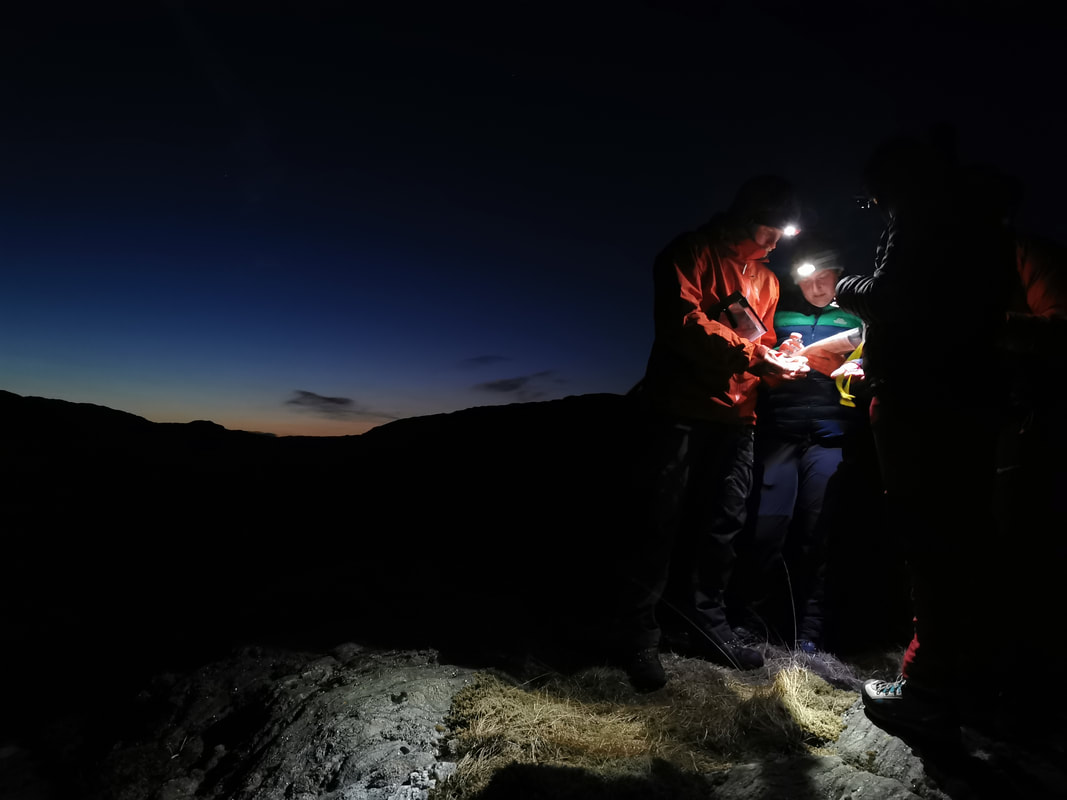
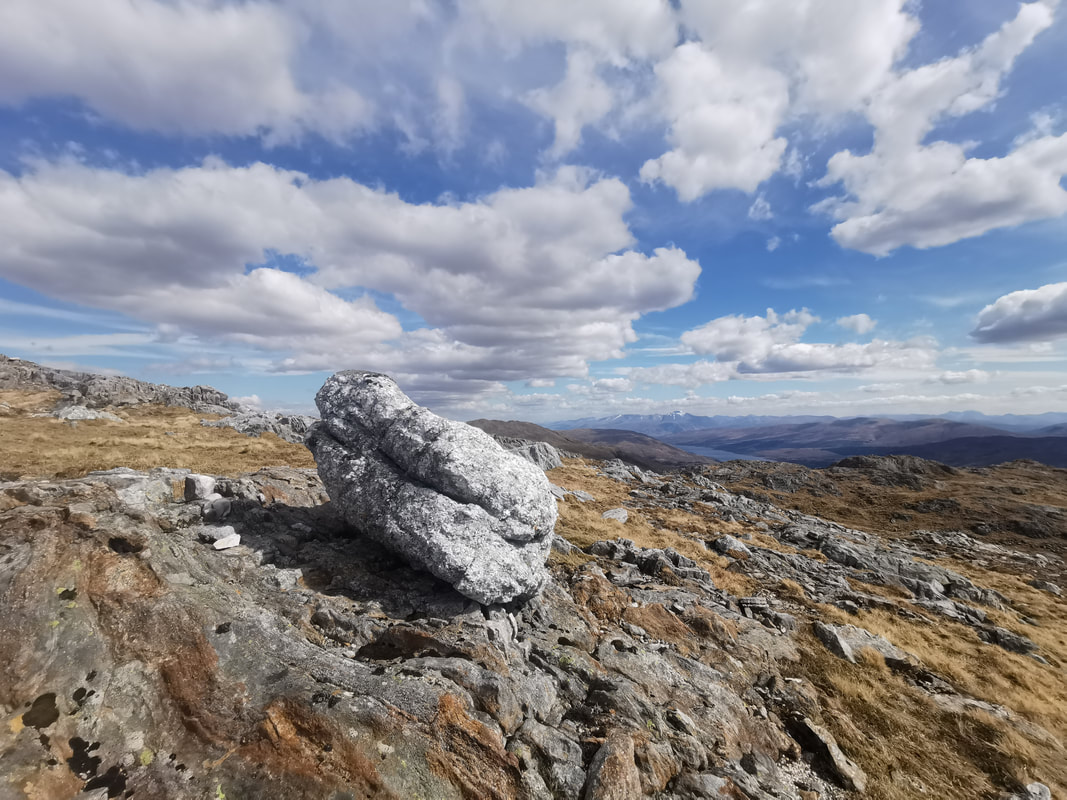
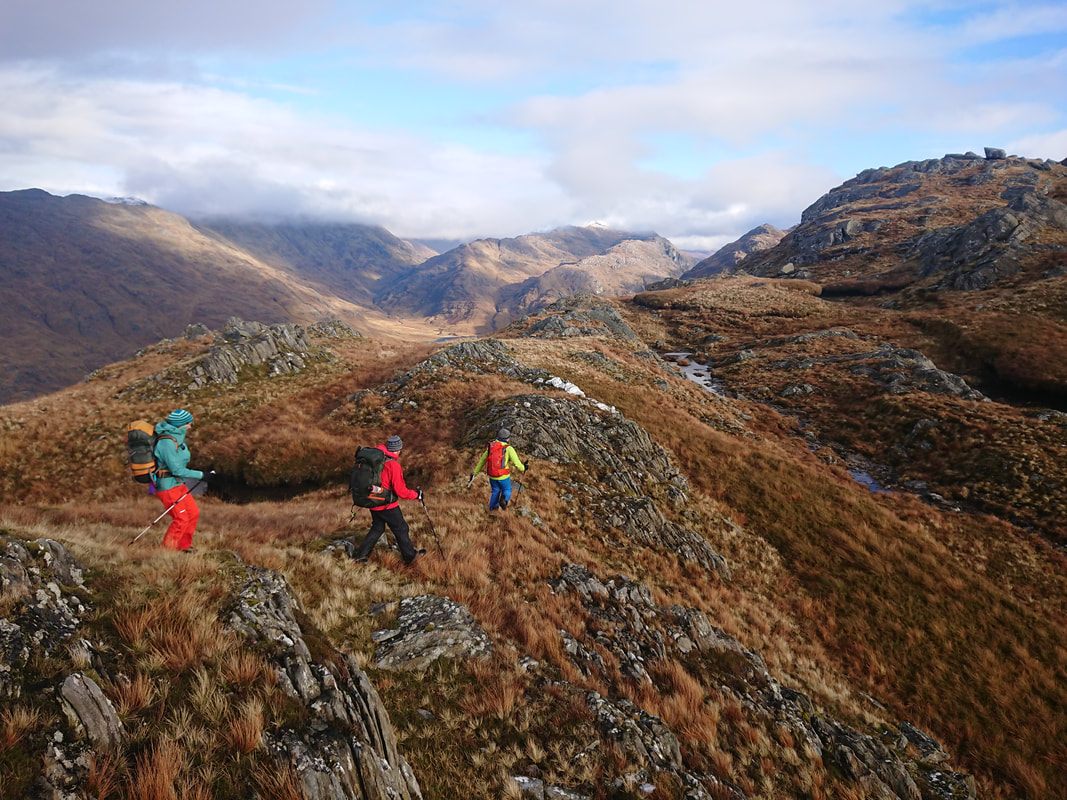
 RSS Feed
RSS Feed
